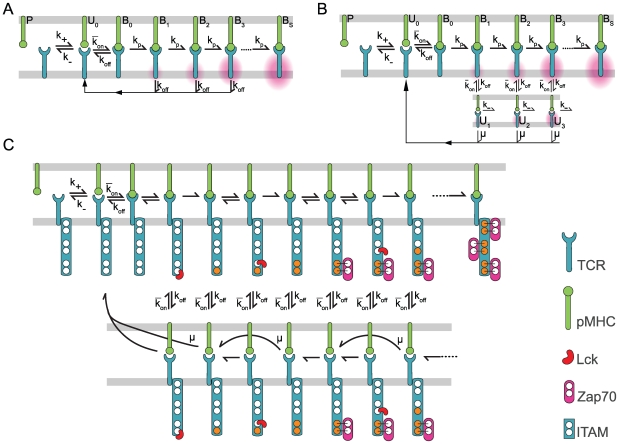Figure 1. Rebinding in kinetic proofreading models.
(A) Canonical kinetic proofreading postulates that the TCR proximal signaling events can be organized into successive steps that begin when pMHC binds TCR ( ). The TCR traverses through these steps (
). The TCR traverses through these steps ( ) at a rate (
) at a rate ( ) while the pMHC is bound and a productive signal is transduced only once a critical step has been reached (
) while the pMHC is bound and a productive signal is transduced only once a critical step has been reached ( ). When unbound, the pMHC may diffuse away (
). When unbound, the pMHC may diffuse away ( ) and subsequently bind another TCR (
) and subsequently bind another TCR ( ). (B) Signal persistence allows the TCR to maintain its signaling state when pMHC unbinds (
). (B) Signal persistence allows the TCR to maintain its signaling state when pMHC unbinds ( ). Three possibilities arise: (1) The pMHC may rebind the TCR which resumes proofreading (
). Three possibilities arise: (1) The pMHC may rebind the TCR which resumes proofreading ( ), (2) The TCR decays to the unmodified state (
), (2) The TCR decays to the unmodified state ( ), (3) The pMHC may diffuse away (
), (3) The pMHC may diffuse away ( ). All rates are first order in units of
). All rates are first order in units of  with the exception of
with the exception of  which is a second order rate in units of
which is a second order rate in units of  . Main text results are focused on analyzing the generic models of panels (A) and (B) but our results are confirmed using a particular realization of TCR-proximal signals, shown in (C), which explicitly models the enzymatic activity of Lck in the sequential phosphorylation of a
. Main text results are focused on analyzing the generic models of panels (A) and (B) but our results are confirmed using a particular realization of TCR-proximal signals, shown in (C), which explicitly models the enzymatic activity of Lck in the sequential phosphorylation of a  and the stabilization of a fully phosphorylated ITAM by Zap70. This model is adapted from Altan-Bonnet and Germain [40] and modified to include rebinding and signal persistence (bottom row). As in (A–B) when pMHC is unbound from TCR it may diffuse away (arrow not shown). In all three models the effective binding (coupling) rate (
and the stabilization of a fully phosphorylated ITAM by Zap70. This model is adapted from Altan-Bonnet and Germain [40] and modified to include rebinding and signal persistence (bottom row). As in (A–B) when pMHC is unbound from TCR it may diffuse away (arrow not shown). In all three models the effective binding (coupling) rate ( ) is
) is  and the effective unbinding (uncoupling) rate (
and the effective unbinding (uncoupling) rate ( ) is
) is  . All models are described in the Methods.
. All models are described in the Methods.

